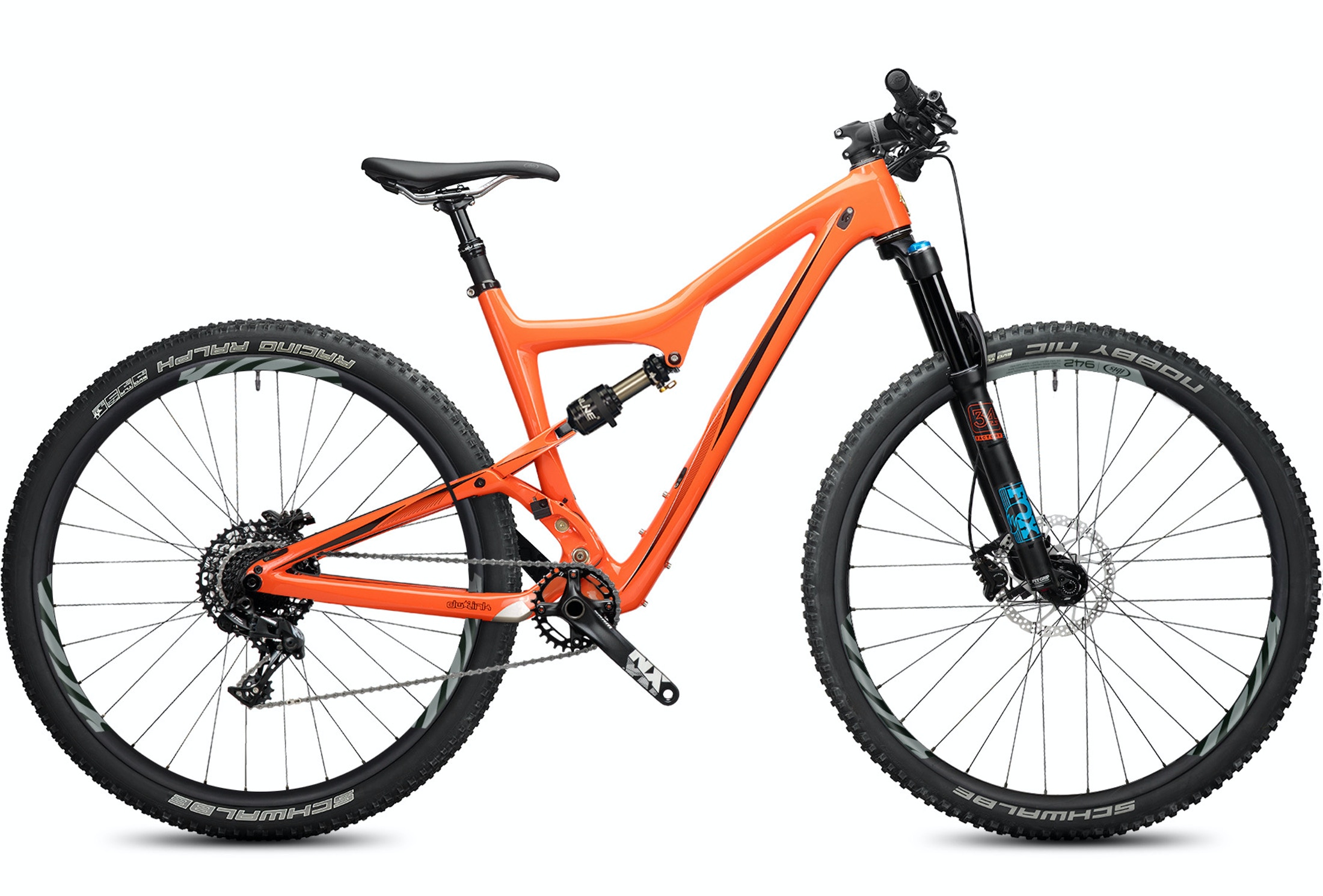
My bike is an Ibis Ripley LS (v. 2), which I bought in 2016. I love this bike. But when I started out, it was set up for standard mountain bike riding: relatively short rides, lots of time out of the saddle, no need to carry much beyond a water bottle and a small pack for snacks and tools.
As much as I love the bike, though, it is not ideal for bikepacking because it is full suspension. Front suspension is fine, and in fact I can’t imagine riding the trails I did without it. But the rear suspension doesn’t accommodate a very large frame pack, and anything I might get would be custom-made and expensive and still not carry as much gear as a hardtail.
I thought about getting a new bike to ride the Pony Express Bikepacking Route, but I also wanted to get out right away to scout and train. Plus, you know, the cost of another bike, setting it up, etc. After pricing custom packs and figuring out how much I would (and wouldn’t) be able to carry on my Ripley, I decided I’d tow a trailer.
Looking at the trail as a whole, ideally you’d have a few different rigs to use on different parts of the route. You could have a skinnier-tire, faster-moving bike at least as far as Caspar, if not Fort Bridger; you might want something more hefty with wider tires once you hit the Wasatch Mountains in Utah, but I think hauling a trailer would still be fine until you get to California; from the summit of the Sierra Nevada near Lake Tahoe to Pollock Pines, I’d recommend a full-suspension bike, no trailer; after that, you could go back to the original rig.
Ideal, maybe, but incredibly expensive and logistics-intensive. So, I’ll work with what I have.